Home>Others>Specialized Home Improvement Topics>Why Does The Inside Of My Car Windows Frost Up
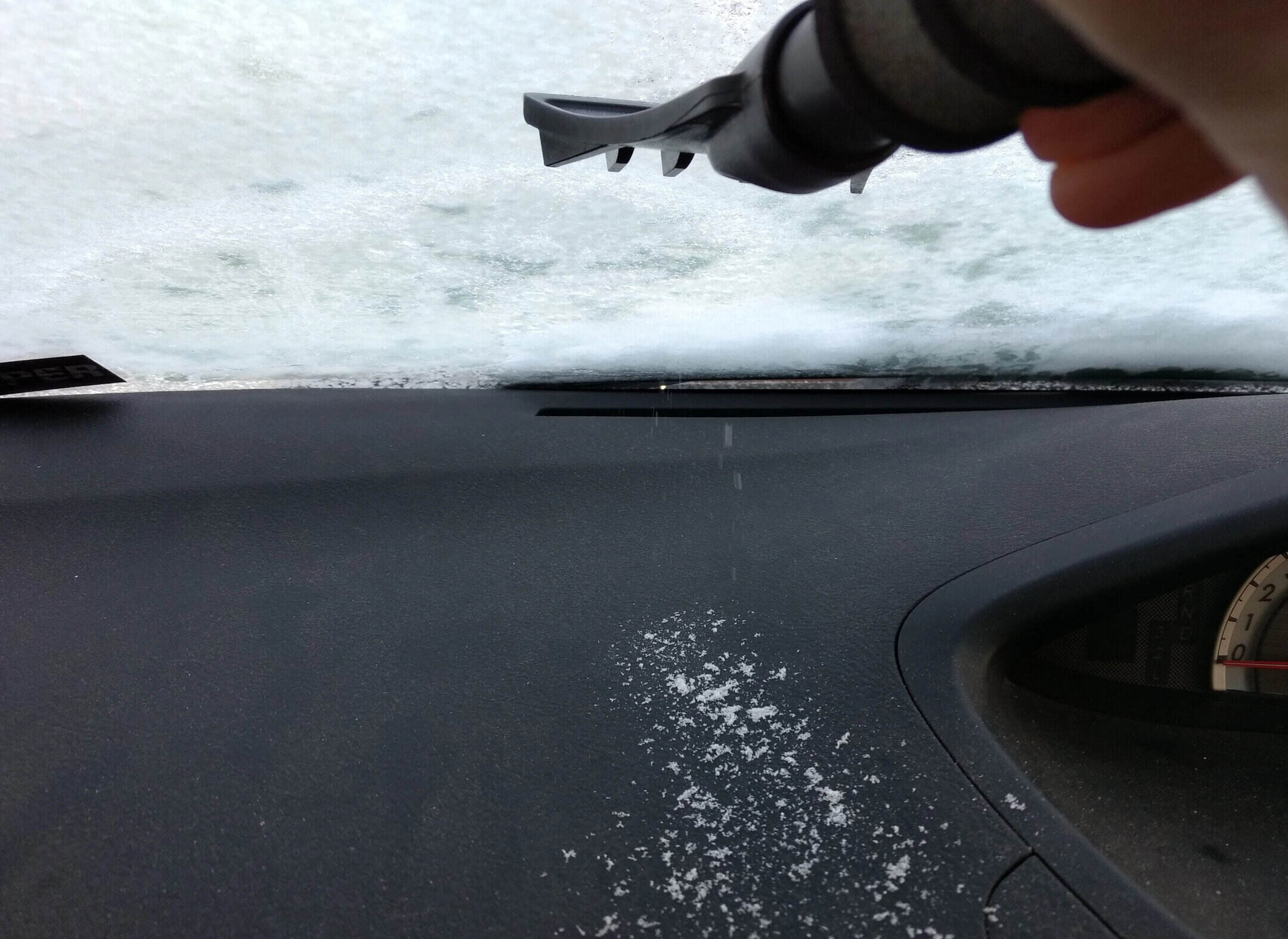

Specialized Home Improvement Topics
Why Does The Inside Of My Car Windows Frost Up
Modified: August 27, 2024
Learn why the inside of your car windows frost up and how to prevent it. Expert advice on specialized home improvement topics.
(Many of the links in this article redirect to a specific reviewed product. Your purchase of these products through affiliate links helps to generate commission for Storables.com, at no extra cost. Learn more)
**
Introduction
**
Have you ever hopped into your car on a chilly morning, only to find the inside of your windows coated with a thin layer of frost? It's a common occurrence, especially during the colder months, and can be quite frustrating to deal with. Understanding why the inside of your car windows frost up is the first step toward finding effective solutions to prevent it.
In this comprehensive guide, we will delve into the science behind condensation, explore the various factors that contribute to frost forming on the inside of car windows, and provide practical tips to help you keep your windows clear and your driving experience safe and comfortable.
So, if you've ever wondered why your car windows frost up from the inside and how you can tackle this issue, buckle up and join us on this journey to uncover the mysteries of interior car window frost!
**
Key Takeaways:
- Say goodbye to frosty car windows by understanding condensation and taking proactive measures like using dehumidifiers, ventilating, and limiting moisture sources.
- Combat interior car window frost with practical solutions like utilizing defrost functions, checking seals, and using desiccants to manage humidity and maintain clear windows.
Read more: Why Does Frost Form On Car Windows
Understanding Condensation
**
Condensation is a natural process that occurs when warm, moist air comes into contact with a cooler surface. In the context of car windows, condensation occurs when the warm, humid air inside the vehicle meets the colder surface of the glass windows. This temperature difference causes the water vapor in the air to transition from a gaseous state to a liquid state, forming tiny droplets of water on the glass surface.
Condensation is particularly prevalent during the winter months when the temperature contrast between the interior of the car and the outside environment is most pronounced. The moisture content in the air, combined with the temperature differential, creates the perfect conditions for condensation to occur.
Understanding the science behind condensation is crucial in addressing the issue of interior car window frost. By grasping the underlying principles, you can implement effective strategies to minimize condensation and prevent frost from forming on the inside of your car windows.
**
Causes of Frost Inside Car Windows
**
Several factors contribute to the formation of frost on the inside of car windows. Understanding these underlying causes is essential in devising practical solutions to combat the issue. Let’s explore some common reasons why interior car window frost occurs:
- Temperature Differentials:** When the temperature inside the car is significantly warmer than the outside environment, condensation is more likely to form on the windows. As the warm, moist air inside the vehicle comes into contact with the cold glass surfaces, it undergoes condensation, leading to the formation of frost.
- Moisture from Occupants:** The presence of occupants in the car results in the release of moisture through respiration and perspiration. This added moisture contributes to the overall humidity levels inside the vehicle, increasing the likelihood of condensation and frost formation on the windows.
- Wet Items and Clothing:** Bringing wet items such as umbrellas, snow-covered boots, or damp clothing into the car introduces additional moisture into the confined space. This moisture can contribute to elevated humidity levels, exacerbating the potential for interior window frost.
- Inadequate Ventilation:** Insufficient airflow within the car can exacerbate condensation issues. Without proper ventilation to circulate the air and expel excess moisture, the interior environment becomes conducive to condensation and frost formation.
- Vehicle Sealing and Insulation:** Poor sealing or insulation in the car can lead to increased moisture retention inside the vehicle. Leaks or gaps in the windows, doors, or sunroof can allow external moisture to enter the car, adding to the overall humidity and condensation concerns.
By recognizing these contributing factors, you can take proactive measures to address each element and minimize the conditions that lead to interior car window frost. From managing internal humidity levels to optimizing ventilation, understanding the causes of frost is pivotal in implementing effective preventive strategies.
**
To prevent the inside of your car windows from frosting up, try using a moisture absorber like silica gel packets or a dehumidifier to reduce the humidity inside the car. Also, make sure to keep the windows clean to prevent condensation.
Solutions for Preventing Frost Inside Car Windows
**
Combatting interior car window frost requires a multifaceted approach that addresses the underlying causes and implements proactive measures to minimize condensation. Here are practical solutions to help you prevent frost from forming on the inside of your car windows:
- Use a Dehumidifier:** Employing a portable dehumidifier or moisture absorber inside the car can help reduce the overall humidity levels, mitigating the conditions that lead to condensation and frost formation.
- Ventilate the Interior:** Regularly ventilate the car by opening windows or utilizing the vehicle’s ventilation system to facilitate airflow. Allowing fresh air to circulate helps disperse excess moisture and regulate humidity levels.
- Limit Moisture Sources:** Minimize the introduction of additional moisture into the car by ensuring wet items and clothing are adequately dried before being brought inside the vehicle. Consider using waterproof storage solutions for damp items to prevent excess moisture accumulation.
- Utilize Defrost Functions:** When operating the vehicle’s heating system, engage the defrost function to warm the interior and clear any existing frost on the windows. This can help manage temperature differentials and reduce the likelihood of condensation.
- Check Seals and Insulation:** Regularly inspect and maintain the integrity of the car’s seals, windows, doors, and sunroof to prevent external moisture from infiltrating the interior. Addressing any gaps or leaks can help minimize the potential for moisture ingress.
- Use Desiccants:** Placing moisture-absorbing desiccants, such as silica gel packets, in the car can help capture excess moisture from the air, reducing the propensity for condensation and frost formation.
By implementing these preventive measures, you can proactively manage the conditions that contribute to interior car window frost. Taking a comprehensive approach that addresses humidity control, ventilation, and moisture management can significantly reduce the likelihood of encountering frost inside your vehicle.
**
Conclusion
**
Understanding the mechanisms of condensation and the factors that contribute to frost formation on the inside of car windows is essential for effectively managing this common issue. By recognizing the role of temperature differentials, internal moisture sources, and ventilation in creating conducive conditions for condensation, you can implement practical strategies to prevent interior car window frost.
From utilizing dehumidifiers and desiccants to optimizing ventilation and minimizing moisture sources, there are various proactive measures you can take to mitigate condensation and maintain clear, frost-free windows within your vehicle. By integrating these solutions into your routine car maintenance and driving practices, you can enhance your driving experience, improve visibility, and ensure a comfortable interior environment, particularly during the colder months.
As you embark on your journey to combat interior car window frost, remember that a holistic approach that addresses both humidity control and moisture management is key to preventing condensation and maintaining clear windows. By staying proactive and mindful of the conditions that promote frost formation, you can enjoy a frost-free driving experience and bid farewell to the inconvenience of foggy, frosted windows within your vehicle.
Armed with the knowledge and solutions outlined in this guide, you are well-equipped to tackle the challenge of interior car window frost and create a more comfortable, visually unobstructed driving environment for your daily commutes and adventures on the road.
Frequently Asked Questions about Why Does The Inside Of My Car Windows Frost Up
Was this page helpful?
At Storables.com, we guarantee accurate and reliable information. Our content, validated by Expert Board Contributors, is crafted following stringent Editorial Policies. We're committed to providing you with well-researched, expert-backed insights for all your informational needs.
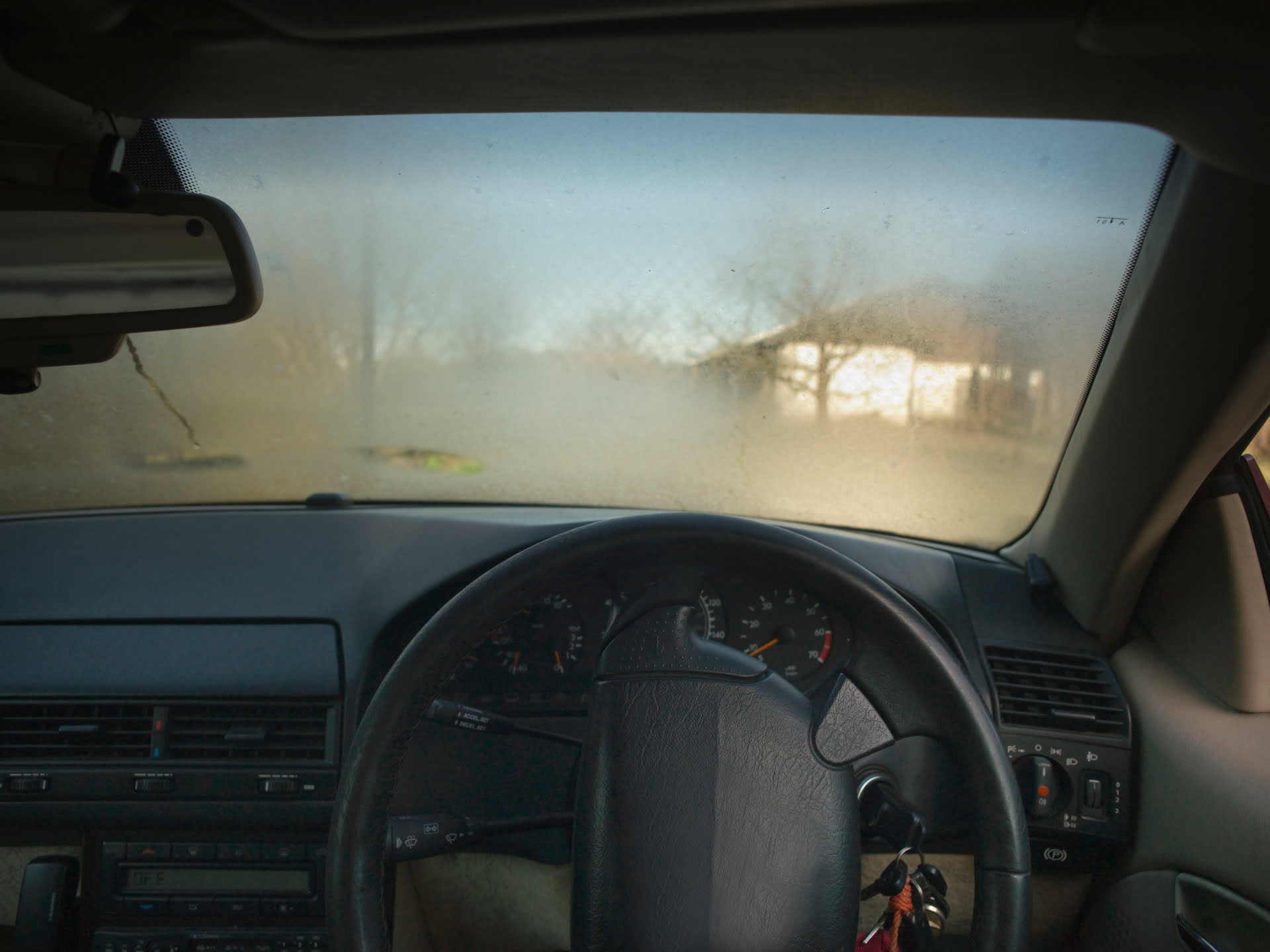
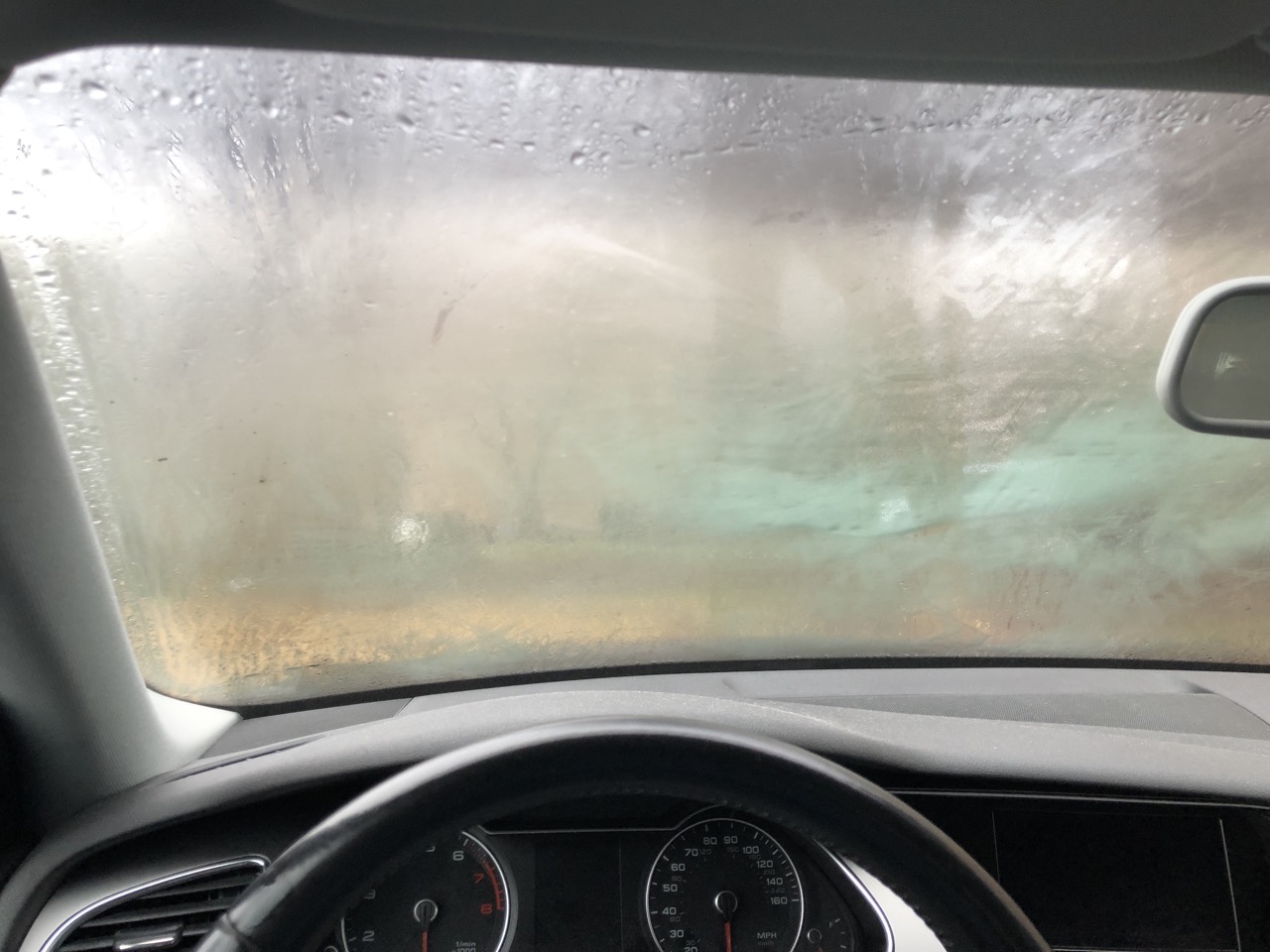
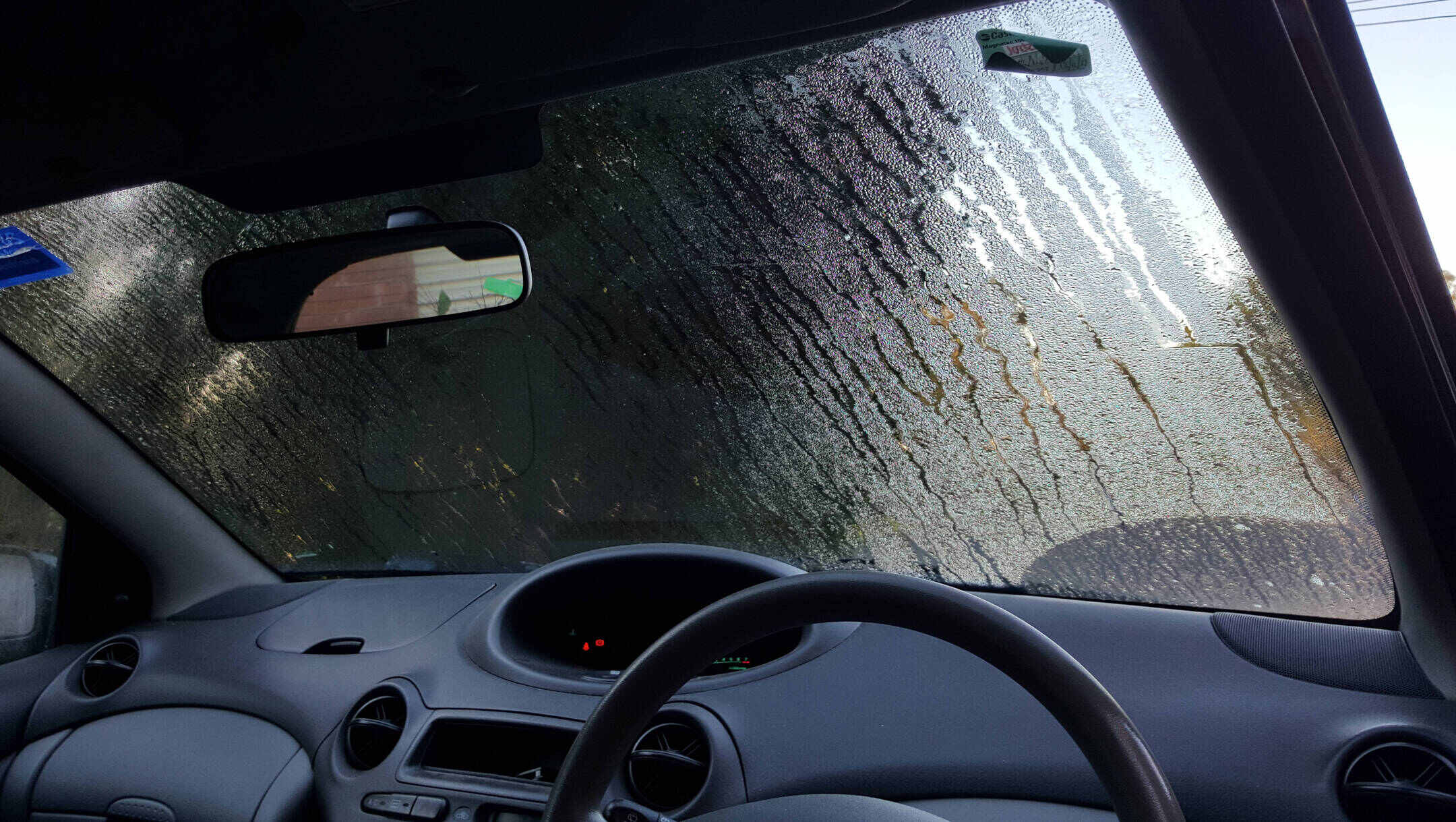
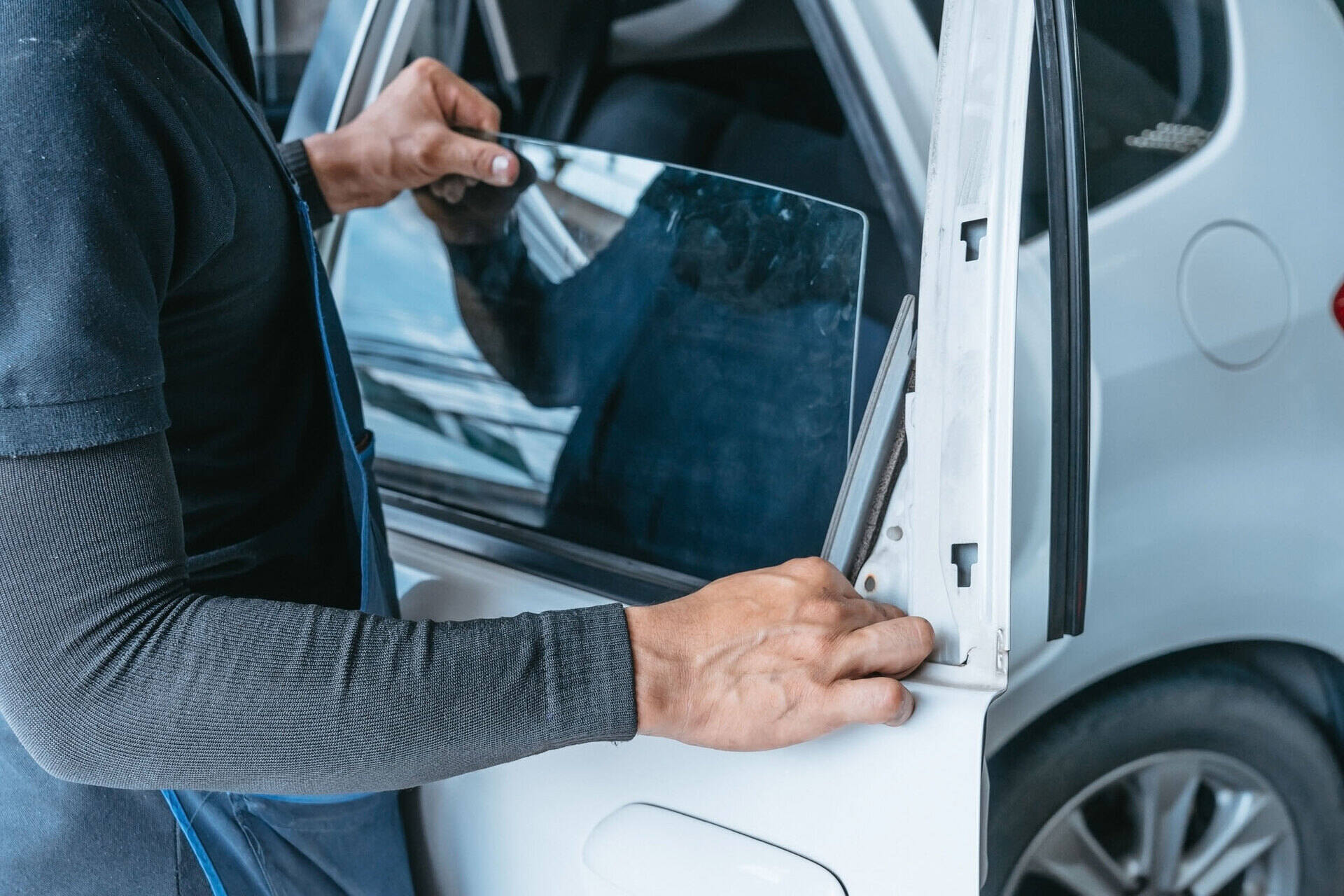


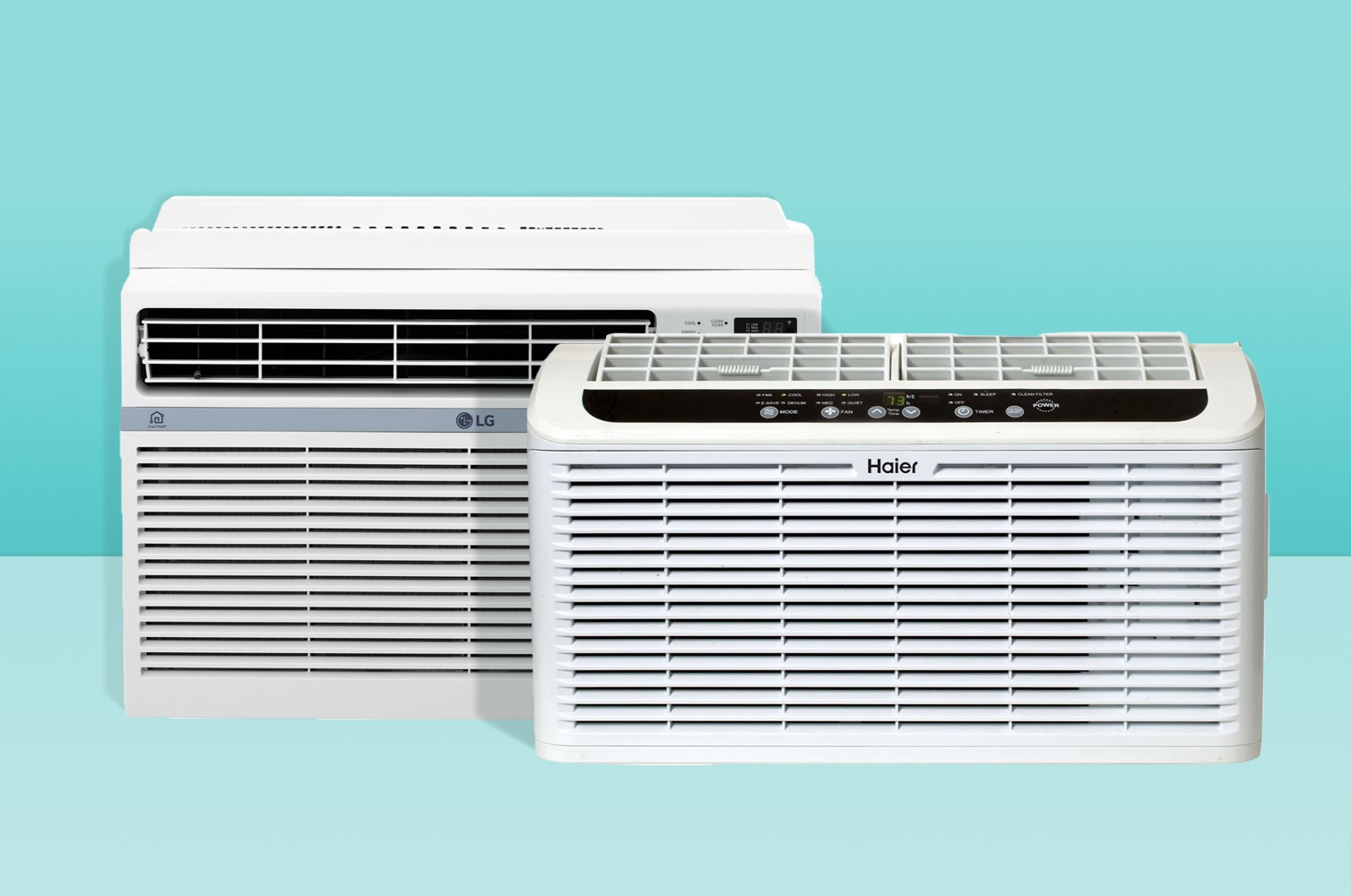
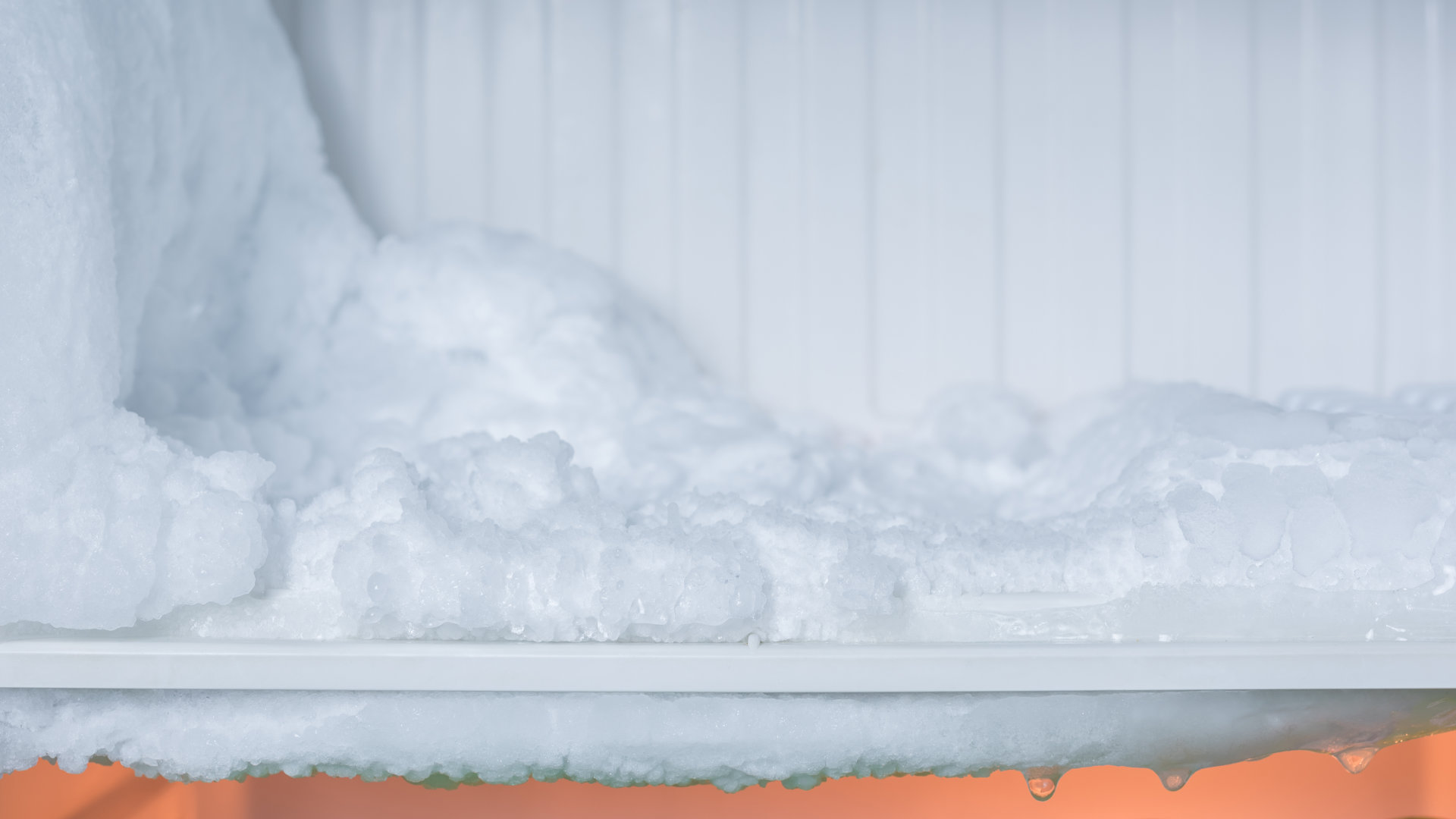
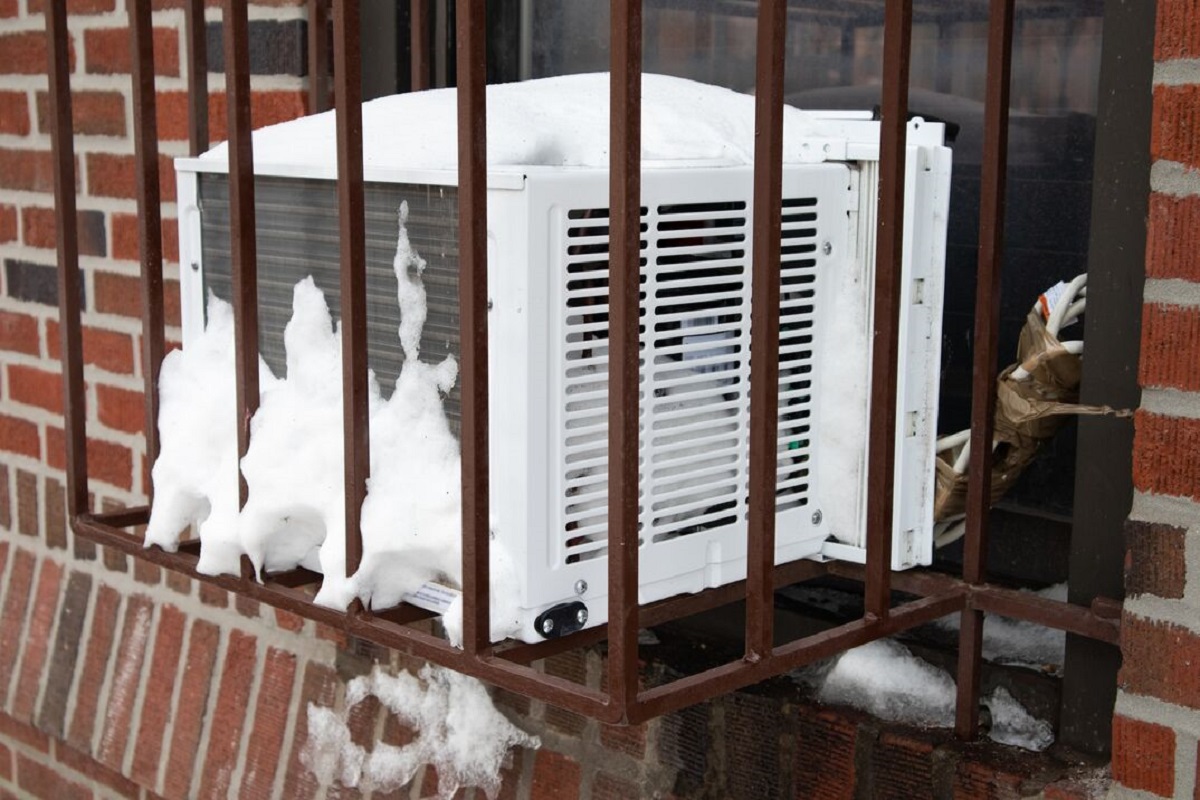




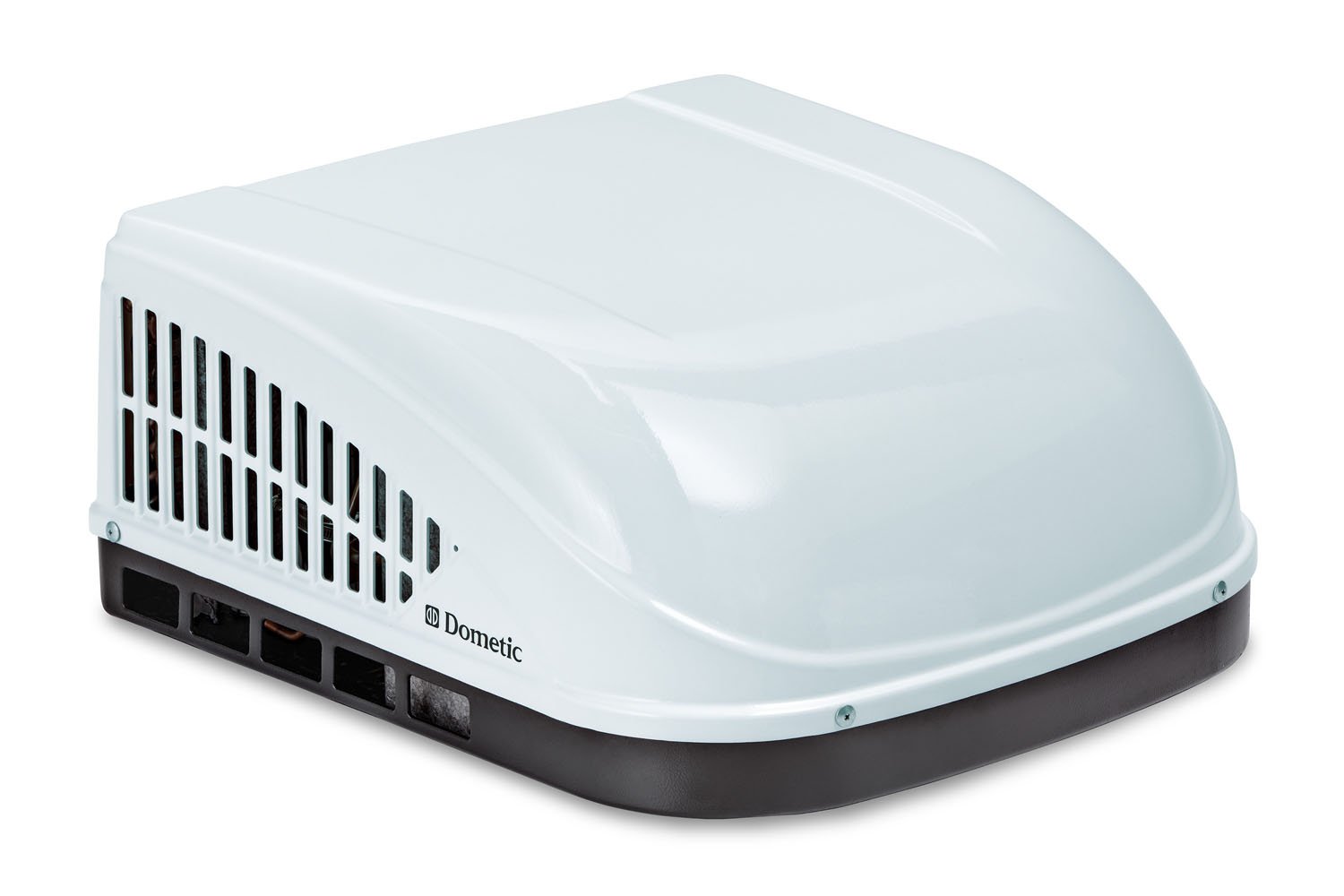
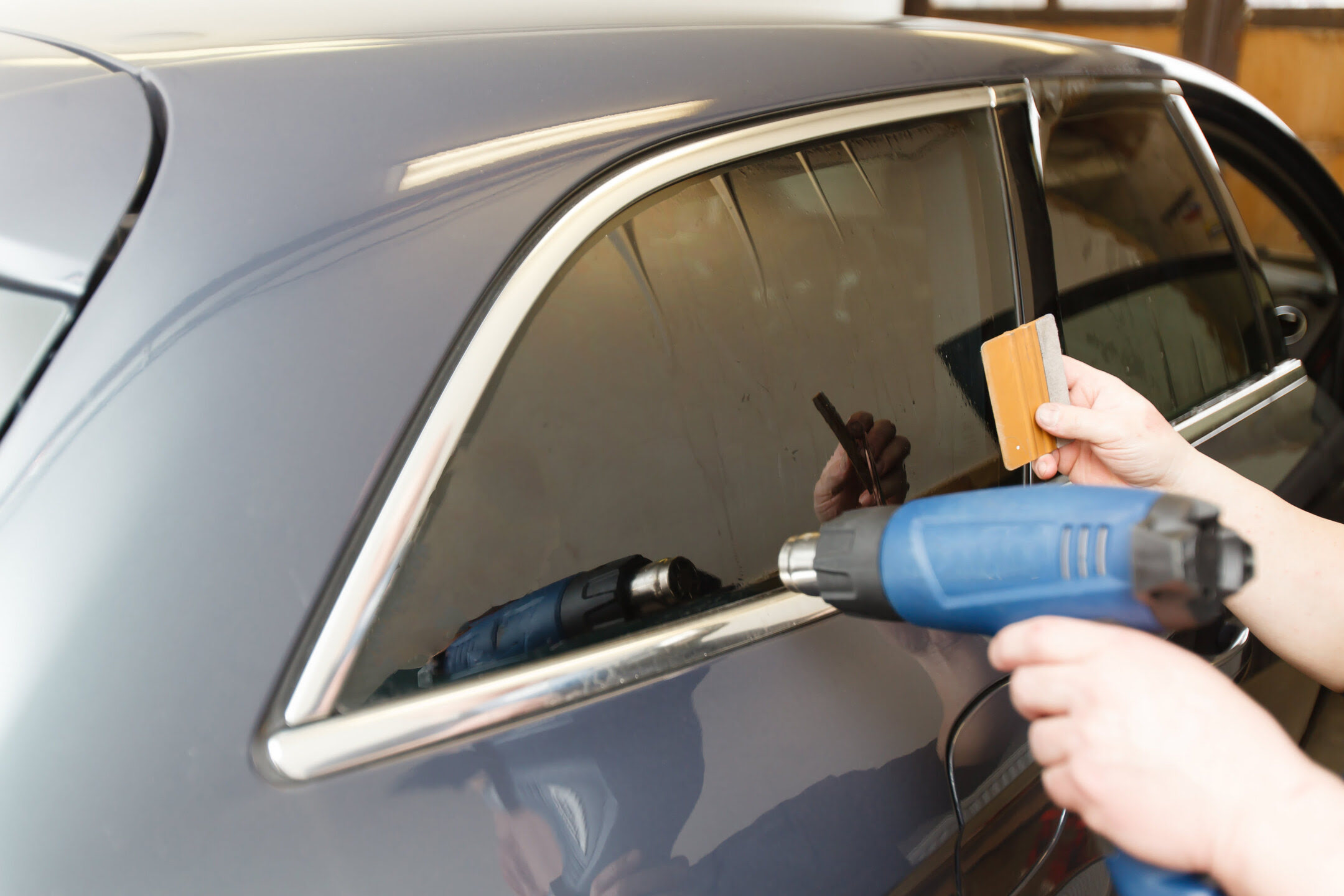

0 thoughts on “Why Does The Inside Of My Car Windows Frost Up”